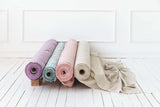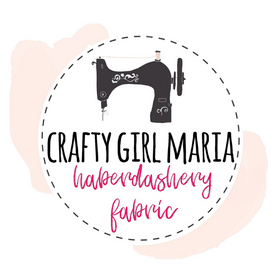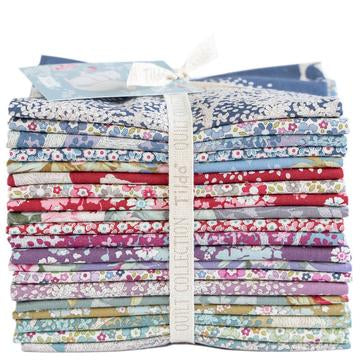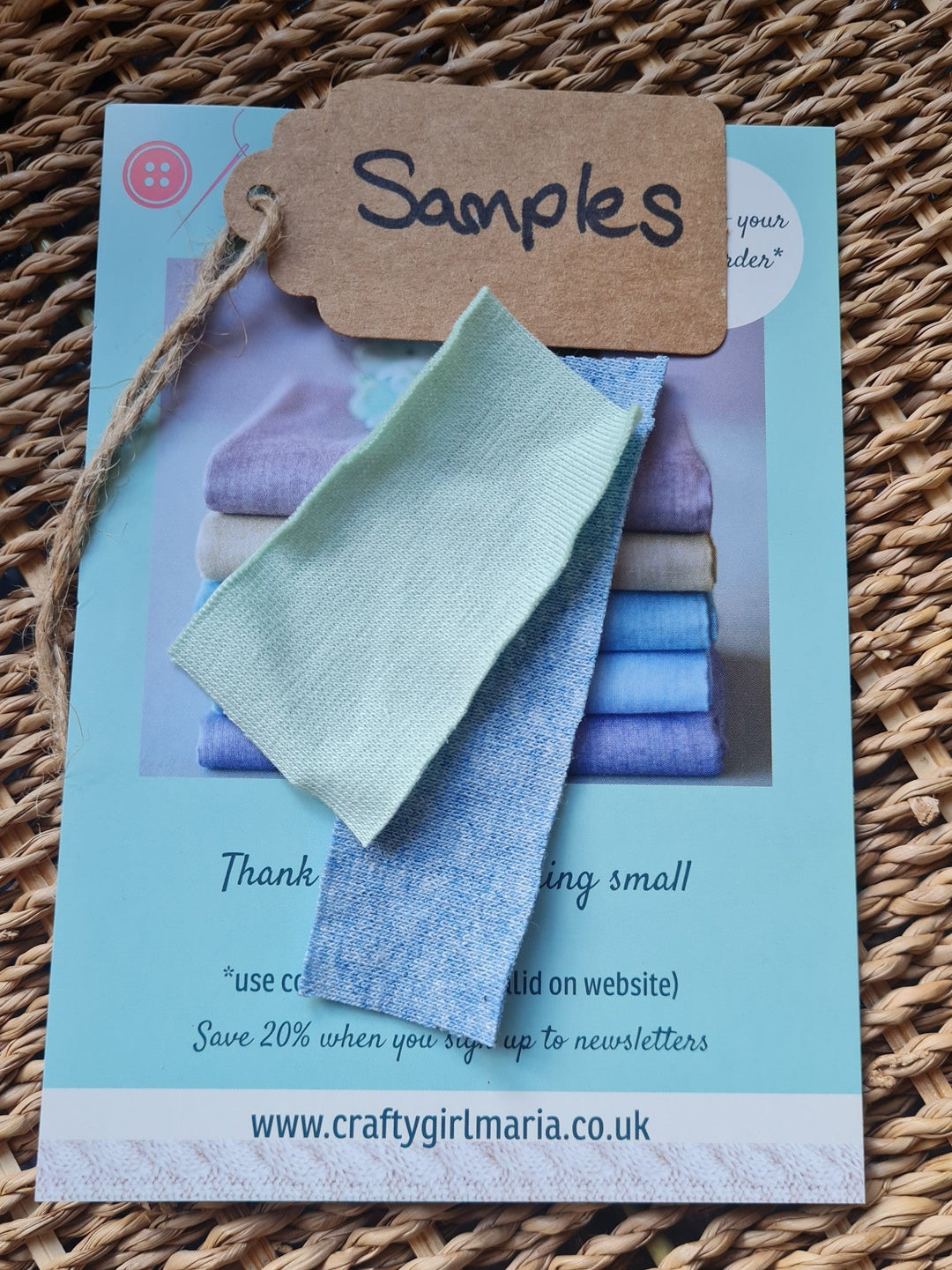A quick guide to the most popular sewing fibres
It can seem a bit daunting choosing a fabric for your project when you start sewing. When choosing a fabric, you need to bear in mind the fibre that the fabric is made from (e.g. cotton, polyester, wool), the manufacture process (knitted or woven) and the type of fabric finish (jersey, poplin, challis and so on - there are many).
There are many different fibres used in fabrics and here I will explain the most common ones and their properties.
Natural fibres:
Natural fibres come from plants or animals, rather than being manufactured. Cotton and linen or flax are both from plants, while wool and silk are both products from animals.

Cotton is best for children’s clothing because it is soft, breathable, and lightweight. It is also durable, so it’s perfect for everyday wear and fine either with hand or machine wash. It's easy to sew and can be used for clothes, bedlinen and crafts. However, it can crease.

Flax is often referred to as linen. Linen is good for embroidery, upholstery, curtains, tablecloths and clothes. It is known for its incredible breathability and coolness, so it's great for hot, humid weather. It's easy to sew and durable, though it increases very easily.

Jute is sturdy and stiff. It is perfect for table runners, placemats, bath runners, rugs and some upholstery as well as crafts. Jute is popular for it's durability, rich texture and sustainability.

Bamboo is similar to the softness of silk, is antibacterial, keeping you feeling fresh and odour free and highly sweat absorbent. It keeps you cooler in the summer and warmer in the winter and is naturally hypoallergenic. It is known to be the most eco-friendly fabrics on the planet.
Regenerated fibres.
Regenerated fibres of cellulose origin come from the cellulose of wood pulp or leaves. It is therefore neither synthetic nor natural. Viscose is the most common regenerated fibre.

Viscose is made from wood pulp, however because of the manufacturing process required, it is not accepted as a natural fibre. It has amazing qualities, being very soft and comfortable to wear, it drapes well, is absorbent and very breathable. However, is does crease easily and shrinks slightly in the wash. It blends well with other fabrics, so with the addition of polyester it can be less likely to crease
Synthetic fibres:
Synthetic fibres are those which are manufactured. Polyester, nylon and acrylic are common synthetic fibres. They are all derived from plastics, meaning they are not sustainable nor biodegradable and therefore not good for the environment. However, they can be recycled.

Polyester blends easily with other fibres like cotton and wool to create better fabrics with multiple advantages. It is strong, resistant to creasing and smooth in appearance. However, it is not a breathable fibre, meaning it can make you feel sweaty. It is highly flammable and can build up static.

Nylon is one of the strongest of all textile fibers with qualities like resistance to abrasion, ease of maintenance, resistance to wrinkling and resistance to chemicals. Nylon fibers are used to make all kinds of clothing but it is especially used in making sportswear and lingerie..

Acrylic is extremely soft, lightweight and very close to the characteristics of wool. The quality of warmth retention makes it a favorite fiber to make fabric for sweaters and other winter wear. Modal acrylic is a superior kind of acrylic fiber. One disadvantage of acrylic fiber is that it does not absorb moisture.






Leave a comment